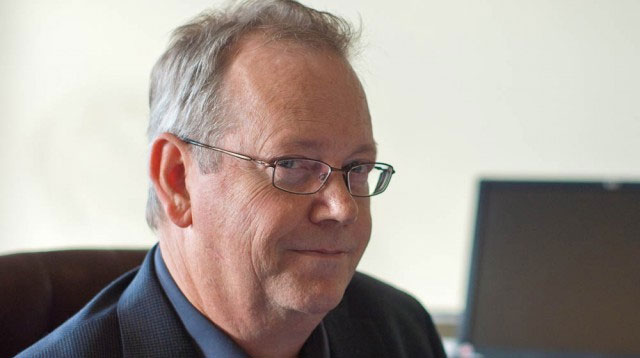
New players in the SA television market should only be allowed to begin operating after the country has successfully made the migration from analogue to digital terrestrial broadcasting, the SABC says.
The Independent Communications Authority of SA (Icasa) should consider the implications of competition on the public broadcaster and should produce a regulatory framework for regional television before licensing new players, it adds.
The state-owned broadcaster made the comments during public hearings on the draft digital terrestrial television (DTT) regulations at Icasa’s offices in Sandton, north of Johannesburg.
The draft regulations propose the introduction of broadcasting competition during the period of “dual illumination”, when both analogue and digital broadcast will coexist. The SABC says it has “no objection” to new players but argues the timing when introducing competition is crucial to the continued viability of existing broadcasters.
The SABC says introducing new players during dual illumination is the wrong approach. At the very least, research should be conducted into the possible effects of such competition. It argues that by introducing new channels, a byproduct of the move to digital, incumbent broadcasters, including the SABC, will themselves be introducing new competition.
Furthermore, incumbent players will incur major capital outlays during the migration process with no guarantee of an equivalent return, costs new players, it says, will not have to face.
The SABC wants Icasa to protect its viability and integrity, and a stable and sustainable public broadcaster is in the public’s interest. It says incumbent broadcasters are migrating to digital for the national good and Icasa should protect them during the dual-illumination period — and beyond.
A regulatory impact assessment and market study should be conducted by the authority before introducing new players, it says, adding that the SABC is still required to meet its obligations as a public broadcaster during the dual-illumination period. Some of these do not generate revenue.
In addition to concerns about viability, the SABC is concerned about that lack of a regulatory framework for regional television. It said that according to the draft DTT regulations, it’s not clear how many community or regional television services will be licensed.
Also, the regulations provide that a minimum of 50% original content will be broadcast on each new channel. The SABC argues it’s not clear how Icasa decided on this quota and suggests it must do a proper public review of existing local content regulations before imposing new quotas on any new DTT channels. It says Icasa has previously committed to such a review.
It adds that, going into the dual-illumination period, the status quo should remain for its three channels, SABC1, 2 and 3, and that any new “digital incentive channels” should be exempted from complying with local content regulations until such time as the regulations are reviewed.
The public broadcaster also objects to a stipulation in the draft regulations that new channels commence broadcasting within 90 days of authorisation being granted. It says this timeline is unrealistic and proposes a lead time of 12 to 18 months.
Icasa councillor William Currie says new players want a foot in the door during dual illumination because they fear being excluded. The SABC argues, in reply, that space can be reserved for new players.
Currie adds that the dual-illumination could run over time and that this could mean SABC having exclusivity for an extended period. This, he says, goes against Icasa’s aim of creating a dynamic and competitive broadcasting environment. — (c) 2012 NewsCentral Media




